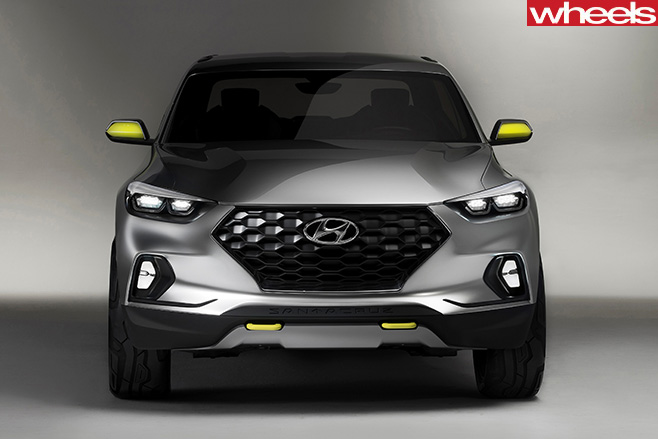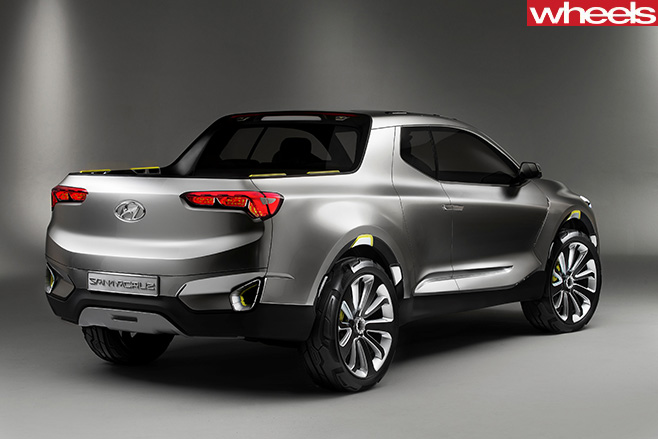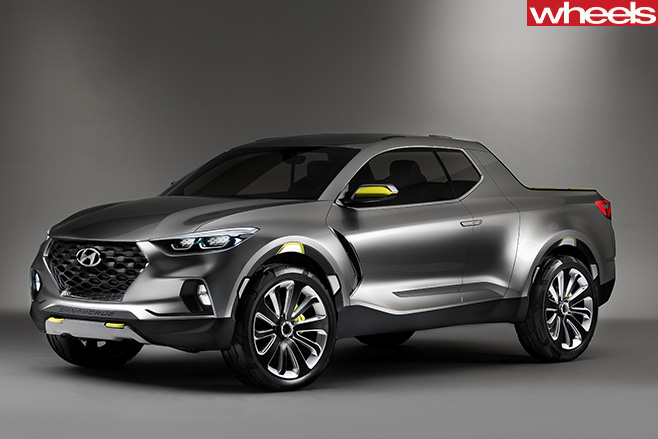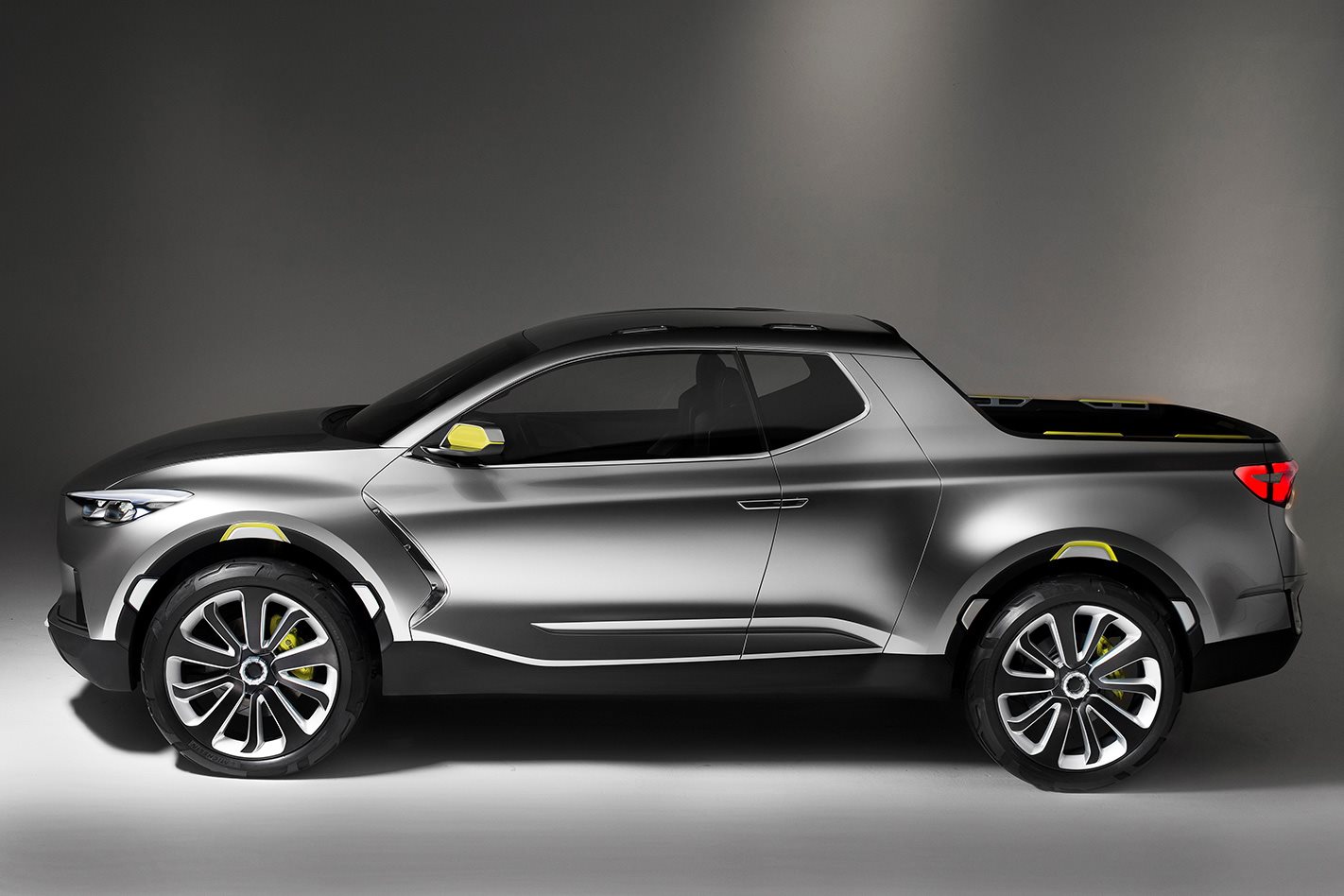Hyundai Australia says it wants a proper HiLux competitor, and not the smaller, lifestyle-focussed Santa Cruz ute shown in concept form at the Detroit motor show last year.
Hyundai in North America has spearheaded the Santa Cruz project and will build it in the US primarily for the local market even though its compact, car-based unibody design is a far cry from the full-size pickup trucks favoured by American ute buyers.
The Hyundai Santa Cruz package is also a long way from filling a critical gap in the current Hyundai line-up in Australia. The local arm remains ‘desperate’ for a workman-friendly commercial ute.
More recently, Hyundai Australia has been providing input into a case study currently underway in Korea surrounding a new ute product for wider consumption.

“I saw the Australian study before it was submitted some time ago, and it had every detail you can think of. I’m talking about a proper HiLux competitor.”
“The fallout from Detroit was interesting. [Santa Cruz] wasn’t the ute we were expecting. It’s not necessarily a ute we would rule out but it’s not the ute that we need.”
Hyundai faces significant hurdles if it is to engineer a ute to compete with current market leaders such as the Toyota HiLux and Ford Ranger. It must be able to function as both a tool for tradesmen, and as family transport.

It is highly unlikely we will see Hyundai competing in the segment until at least 2020.
Platform sharing of the commercial ute with Korean counterpart Kia is one way the brand could offset the significant development costs, though Hyundai has not expressed interest in doing so, and Kia’s aspirations for a youthful image seem to fit better with the Santa Cruz concept.

The success of the Hyundai iLoad in Australia shows buyers have no issue when it comes to purchasing Hyundai-badged commercial vehicles. A dual cab ute should only strengthen the brand’s already impressive figures.
“Even a conservative [sales] number would give us a nice boost in market share,” says Thomas.
“There’s no barrier to entry into the segment for us as a brand. There’s no negative connotation with a Hyundai commercial vehicle.”





